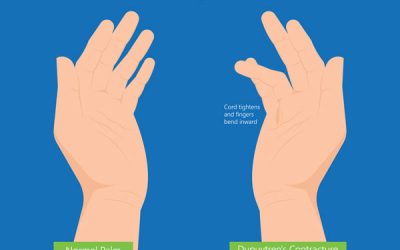The most common area for wrist cyst formation is between the scaphoid and lunate. The predisposing factor is a misalignment dysfunction at the distal radial causing a hypermobility at the first carpal row, resulting in a misalignment of the scaphoid lunate joint which eventually leads to further joint deformation and the appearance of the cyst.
Is important to note that for the cyst formation to develop, the previous defence mechanism have to have failed to allow the biomechanical stress to damage the joint, therefore, the treatment care must aim to restore the health of the entire shoulder complex protective structures.
Assessment Protocol
The entire upper extremity biomechanical chain must be evaluated as per the neurological and mechanical influences of the spine, shoulder, and elbow.
Clinical assessment to identify the key dysfunctions of the wrist and hand that have contributed to this condition. Soft tissue analysis to pinpoint the level of irritation in the ligaments and ganglion.
X-ray
Anterior – Posterior (AP) X-ray wrist view is essential for proper diagnosing the master joint of the wrist (Radial – Ulna) and the alignment of the scaphoid and triquetrum.
Lateral Xray view is important to check the degree of the total arch compromised and the direction of misalignment of the lunate bone
MRI
Wrist MRI is essential for visualizing the extent of injury on the muscle/tendon and ligamentous layers.
Locate the exact injury point; Allows the treatment to be more specific during the application of the treatment modalities
Identify the extent of tissue damage and the presence of scar tissue; Provides valuable information regarding prognosis and the application of friction soft tissue modalities to aid on scar tissue removal.
Treatment protocol
Specific wrist adjustments followed by a rehabilitation regime to strengthen the entire soft tissue support of the wrist.
Application of Low-level Laser and PEMF to aid on the cellular level of heling as well as improving the microcirculation for the area.
Friction soft tissue therapy helps to reduce dysfunctional scar tissue
Specific selected essential oil application to enhance healing
Depending on level of misalignment and chronicity a minimum of 6 weeks up to 12 weeks of treatment care may be necessary to resolve this deformity.




